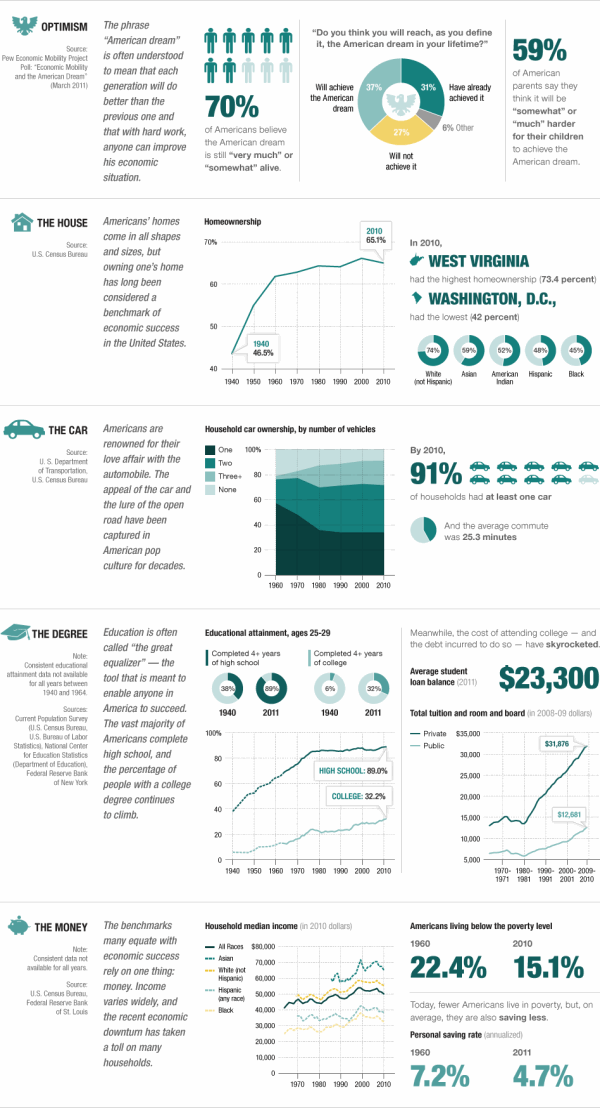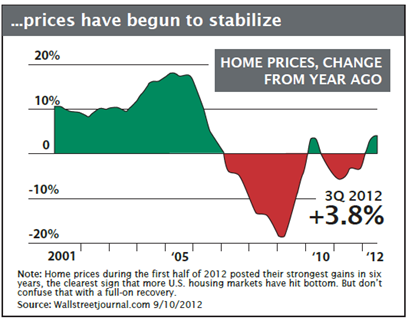 The National real estate market continues to maintain steady growth and appreciation, as evidenced by the latest Case-Shiller Index, which showed steady increases in month over month home prices, across 20 major metropolitan areas. Since the beginning of 2012, the indexes have risen 3.5%, a sign that the bottom of the market may indeed be behind us. What is even more encouraging is the year over year appreciation, as noted by the index, posting the first positive numbers since the end of the home buyer’s tax credit of 2010.
The National real estate market continues to maintain steady growth and appreciation, as evidenced by the latest Case-Shiller Index, which showed steady increases in month over month home prices, across 20 major metropolitan areas. Since the beginning of 2012, the indexes have risen 3.5%, a sign that the bottom of the market may indeed be behind us. What is even more encouraging is the year over year appreciation, as noted by the index, posting the first positive numbers since the end of the home buyer’s tax credit of 2010.
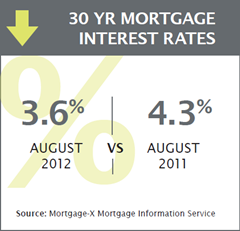
As the housing market gains strength, the inventory of both new and existing homes has dwindled. Motivated buyers are moving off the fence to take advantage of the historically low rates and adjusted prices. Because of this, multiple offer situations have become increasingly common and have intensified the market. The strong sales activity has triggered prices to rise in the more affordable and mid price ranges as well as the higher price ranges near job centers; signaling a flip in the market.
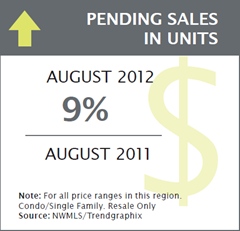
Initiated by the elevated number of residential investors and local home buyers gaining confidence and reentering the market, the Northwest housing market has seen a
Another market trend we have observed is the increase in the use of mobile technology among both buyers and sellers. The John L. Scott mobile app gives buyers an extra edge when searching for a home and gives sellers targeted exposure to quickly and successfully sell their home.surge of buyers.
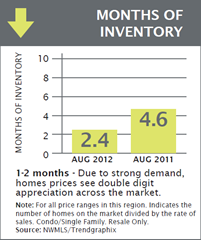
These indicators show that moving into 2013 we will likely see a continuing of the fundamental strengthening of the local real estate market.



